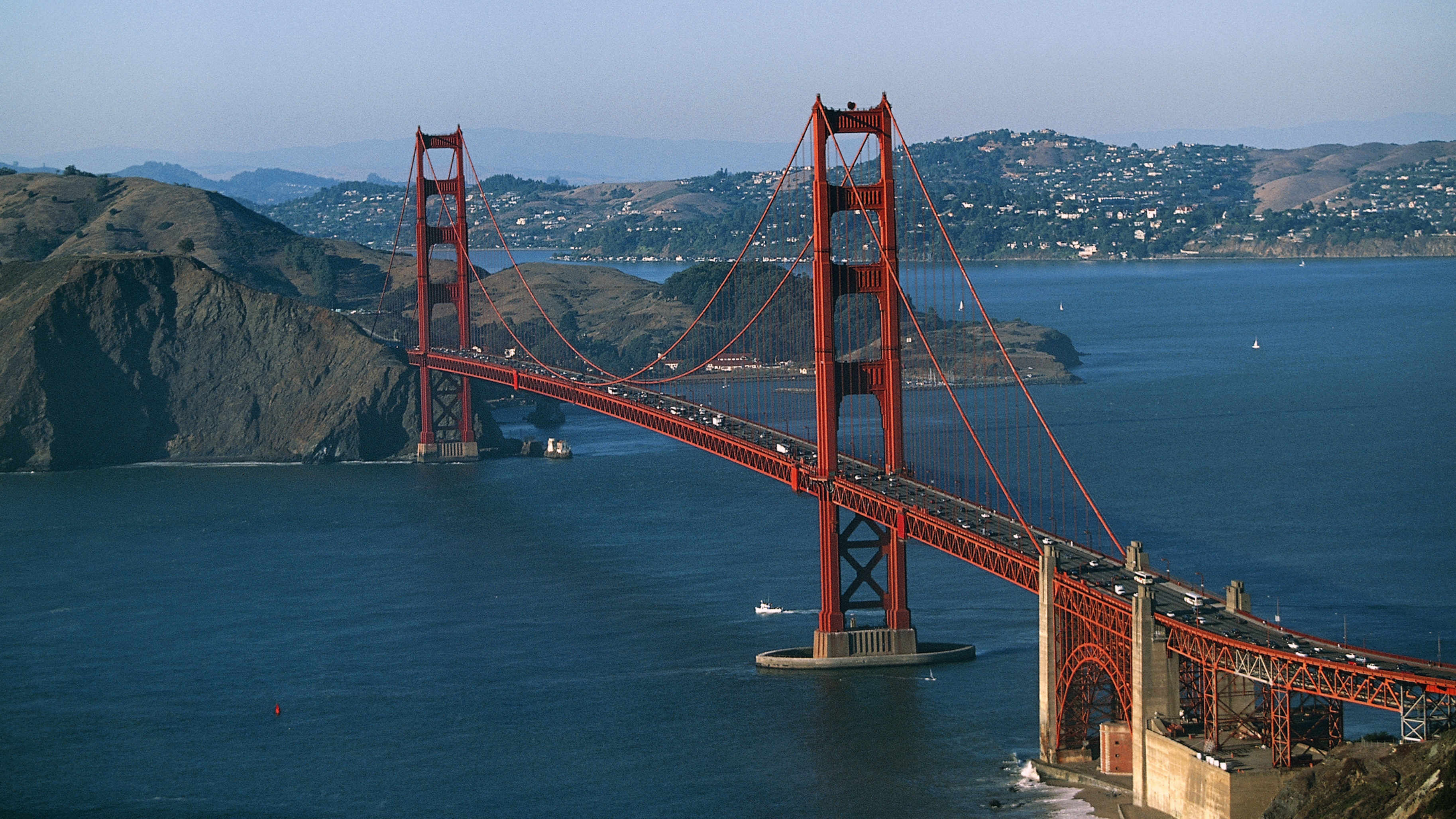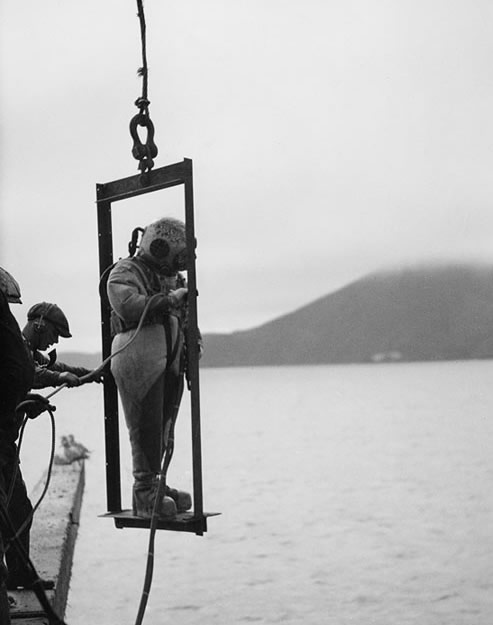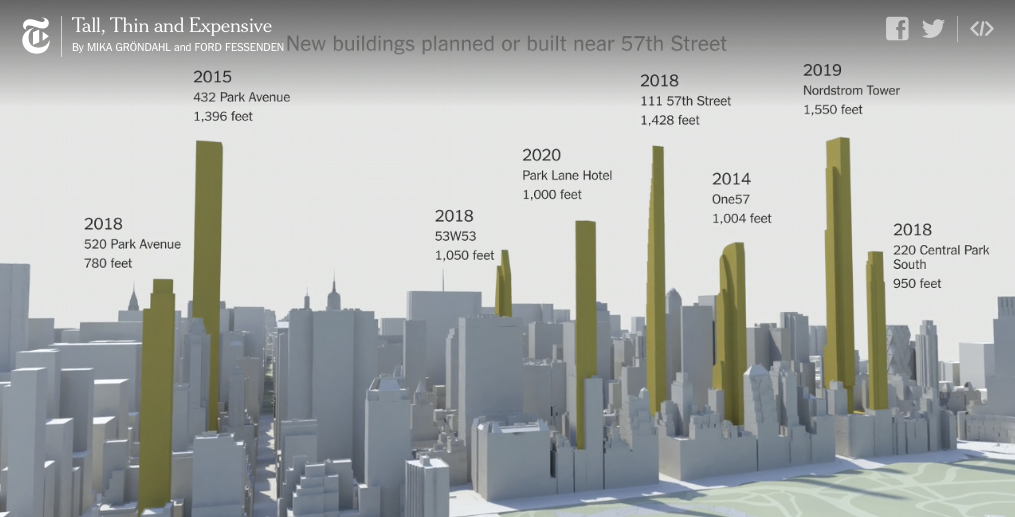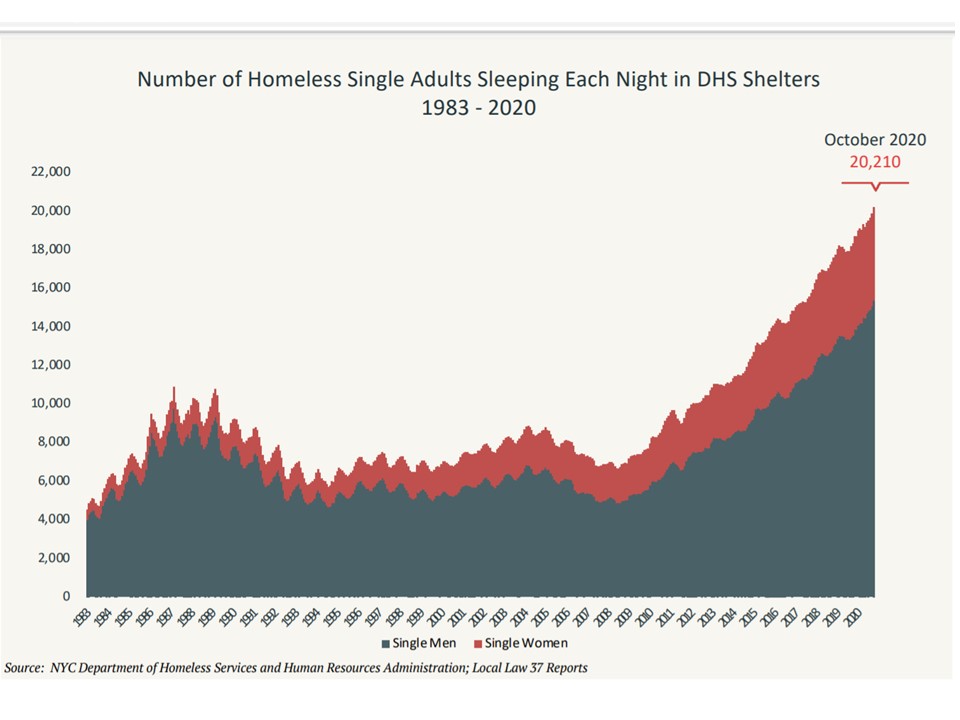
Introduction
The Golden Gate Bridge in San Francisco, California is one of the most iconic pieces of infrastructure in America today. Designed by engineer Joseph Strauss, the 4200 feet long bridge was the longest suspension bridge in the world when construction finished on January 5, 1937, and it remains in the top twenty longest suspension bridges to this day. In this blog, I want to go over some of the details behind this marvel of engineering, and describe what makes it so special.
History
The Golden Gate looks great now that is finished, but why was it built in the first place? After all, going about designing, funding, and constructing such a massive project (especially a century ago) was an extremely difficult task. In fact, convincing locals that the bridge was even worth their tax money took six years- the city first started looking for designers in 1919, in 1921 Strauss revealed his design, and it wasn’t until 1925 that the surrounding areas of Morin, Del Norte, Sonoma, and others agreed. ![San Francisco Map [California] - GIS Geography](https://gisgeography.com/wp-content/uploads/2020/06/San-Francisco-Road-Map-1265x1265.jpg) The single biggest driving factor for the decision came down to geography; as shown in the map above, San Francisco is a peninsula that separates the Pacific Ocean from San Francisco Bay. Additionally, the Port of San Francisco transported more cargo than every other Western port combined by the end of 19th century, making it a source of economic growth for the area; if San Francisco could be connected to the area up north, almost everyone would benefit. An integral part of the plan was to get permission from the War department to create a special district in order to better organize the transportation of materials and allocation of funds. Since this permit would basically mean complete government approval of the project, special interest groups (such as the ferry industry) that made money off of the Bay being disconnected lobbied hard against it. In the end, the engineers won, and the permit was approved.
The single biggest driving factor for the decision came down to geography; as shown in the map above, San Francisco is a peninsula that separates the Pacific Ocean from San Francisco Bay. Additionally, the Port of San Francisco transported more cargo than every other Western port combined by the end of 19th century, making it a source of economic growth for the area; if San Francisco could be connected to the area up north, almost everyone would benefit. An integral part of the plan was to get permission from the War department to create a special district in order to better organize the transportation of materials and allocation of funds. Since this permit would basically mean complete government approval of the project, special interest groups (such as the ferry industry) that made money off of the Bay being disconnected lobbied hard against it. In the end, the engineers won, and the permit was approved.
The Bridge

Construction began in 1933, 8 years after all the necessary permits were acquired, because the Great Depression froze all projects for a while. It was only because of a six million dollar stimulus from Bank of America president Amadeo Giannini that developers broke ground. As shown in the picture above, construction was long and treacherous. With towers that extend 746 feet into the sky, workers had to stand 53 stories above sea level to get everything done.

Because part of the structure is rooted in the water, divers had to descend up to 110 feet in the cold, murky water to set up dynamite and clear out the area. However, despite the dangerous conditions, less than a dozen people died, setting a record for working condition safety at the time. As the image below shows, lead engineer Joseph Strauss spent $130,000 on a safety net to protect anyone who fell during construction. It ended up saving 19 people in total, before a 5-ton platform fell and tragically took the lived of ten people.
In the end, construction took four years, cost $35 million dollars, and used over ten different contracting companies.

/cdn.vox-cdn.com/uploads/chorus_image/image/65752954/190522_18_33_12_DSC09249__1_.0.jpg)



